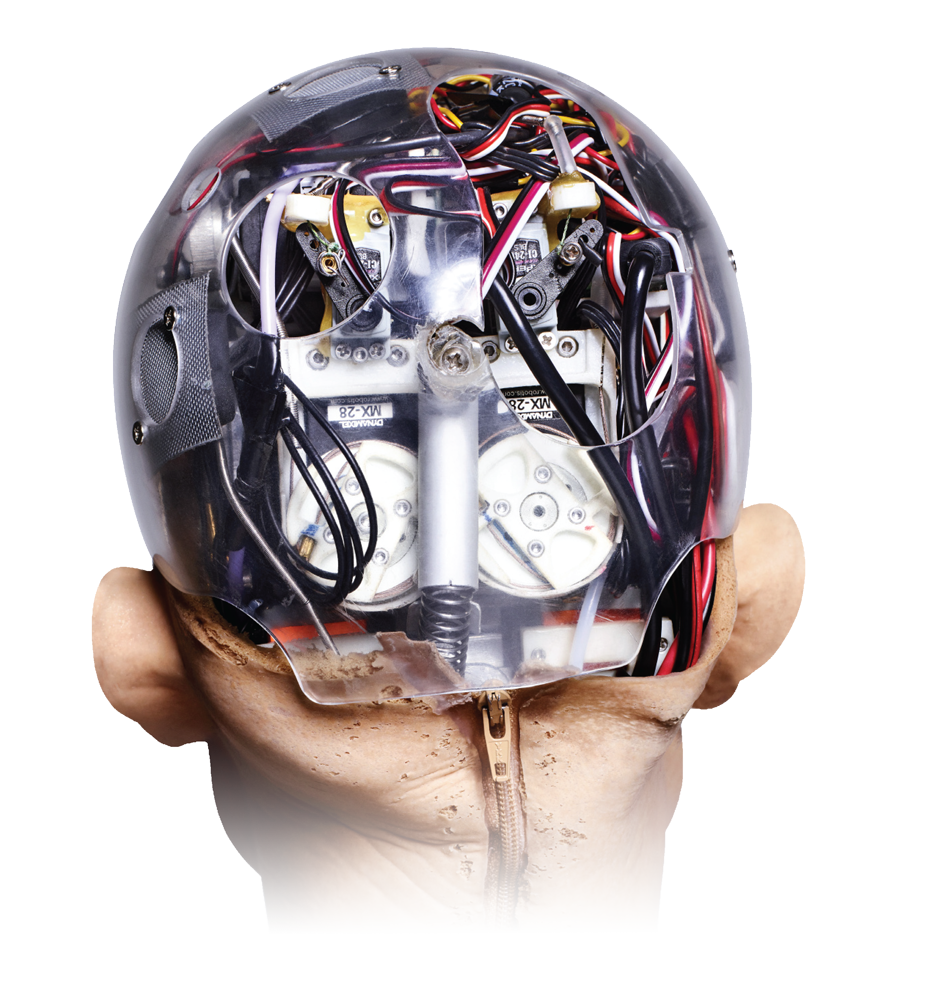
Sophia the Humanoid: A Snapshot of Current Capability and Future Prospects
By Sophia Chen
Sophia the Humanoid, developed by Hanson Robotics, has captured the public's imagination with her human-like appearance and social abilities. However, her real-world applications are still in the early stages as engineers work to enhance her capabilities and practicality.
Sophia the Humanoid, developed by Hanson Robotics, has captured the public's imagination with her human-like appearance and social abilities. However, her real-world applications are still in the early stages as engineers work to enhance her capabilities and practicality.
Despite exciting public demonstrations and media attention, experts remain cautious about Sophia's practical uses. As the complexities of human-robot interactions unfold, including social cues, contextual awareness, and real-time decision-making, developers face significant challenges in integrating these systems into everyday settings. Sophia embodies the public face of a field pushing technological boundaries to merge human-like perception with reliable execution—a pursuit in its infancy but with promising potential.
Why It Matters
Why It Matters
Humanoid robots like Sophia represent not only an engineering marvel but also a societal touchstone for discussions about the implications of AI. They raise questions about ethics, labor, and the nature of human-machine symbiosis. In medical, educational, and service industries, humanoids have the potential to transform interaction dynamics—but only if challenges related to stability, ethical frameworks, and societal acceptance are addressed.
Sophia's existence sparks debate on AI oversight, licensing, and integration into society—a necessary discourse as humanoids advance toward greater utility and autonomy.
The Road Ahead
As a humanoid symbol of AI evolution, Sophia embodies the intersection of technology's ambition and humanity's existential curiosity and cautious optimism.
The Road Ahead
Sophia's future developments depend on advancements in AI, reducing development costs, and improving efficiency to shift from novelty to practicality. The robotics community notes that humanoids could make significant contributions to various industries by complementing human roles.
By the numbers
- Years since Sophia's creation: 8 years, Since 2015 — Hanson Robotics
- Facial expressions simulated by Sophia: 60 expressions, Current capability — Hanson Robotics
What's next
The next significant milestone for Sophia will be integration into pilot projects that explore her ability to interact with humans in practical settings, like eldercare or customer service, pushing the boundaries beyond their current controlled environment.
> "Sophia serves more as a demonstration of potential than an autonomous capability."
Collaboration across tech sectors, academia, and public policy is crucial. Tech partnerships aim to enhance AI’s learning capabilities for adaptive responses in unpredictable environments. Meanwhile, policy advancements need to address potential societal impacts and align technological growth with ethical standards.
Sources
- Hanson Robotics — Hanson Robotics Official Site (2023-10-01)
- The Robot Report — Sophia the Humanoid: Expansion and Potential (2024-09-15)
- Scientific American — The Challenges of Building Humanoid Robots (2023-05-10)